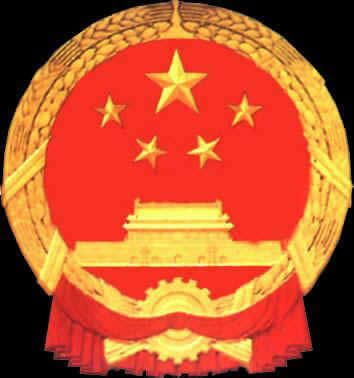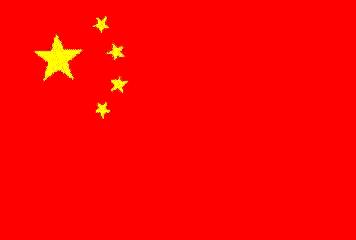| About China > History > Dynasties > dycontent |
|
|
People's Republic of China
Under the central government there are 23 provinces, five autonomous regions -- Inner Mongolia, Ningxia, Xinjiang, Guangxi and Tibet -- and four cities -- Beijing, Tianjin, Shanghai and Chongqing. China's topography varies from mountainous regions with towering peaks to flat, featureless plains. The land surface, like a staircase, descends from west to east. Melting snow from the mountains of western China and Tibet -- the Qinghai Plateau -- is the main water resource for many of the country's largest rivers, such as the Yangtze and the Yellow rivers. Across the mountains on the eastern edge are the plains of the Yangtze River Valley and northern and eastern China. As the homeland of the Han Chinese, the plains, known as the Middle Kingdom or Zhongguo, are the most important agricultural areas and the most heavily populated.
China has a long history and ancient civilization dating back as far as 4,000BC with settlements in the ranges of the Yellow River. The Chinese recount their history from the Xia Dynasty, which began in the 21st century BC, followed by subsequent dynasties until 1911 when Sun Yat-sen was proclaimed president of the Republic of China. In 1921, when the Communist Party of China was founded, communists cooperated with Sun Yat-sen's Nationalists, who broke away from the Nationalists after Sun's death. The Communist Party then began to establish its army, the Red Army. Through the protracted and arduous struggles under the leadership of the party and Chairman Mao Zedong, the Chinese people founded the People's Republic of China in 1949. After 1949, the People's Republic of China (also called the New China) experienced the Korean War with the Americans that gave way to a 10-year period of rapid growth; the country then suffered three years of hardships due to natural disasters and the withdrawal of aid from the Soviet Union. From 1966-1976 China launched its "Cultural Revolution" -- a nation-wide movement against feudalism (including religion) and capitalism. As a result, China's economy came to a grinding halt. After 1978, when Deng Xiaoping assumed leadership, China began a reform and opening-up program, enjoying 20 years of rapid development.
China is also noted for its rich culture. Traditional religions in China include Taoism, Buddhism and Confucianism. Islam and Christianity were brought to China in the seventh century AD. Art, like religion, had also developed over a period of more than 2,000 years. Calligraphy and painting are two of the most revered areas in Chinese culture. Ancient buildings, like temples, pagodas, palaces, monasteries, walls, corridors and a wealth of antiquities and cultural relics, are world-known. The Great Wall, the Terra Cotta Warriors in Xi'an, the Longmen Cave in Henan and the Buddhist art in the Mogao Caves in Dunhuang are some of the most attractive sites for foreign tourists. China, with its fascinating scenes of natural beauty, such as Guilin, the Up and Down of the Yangtze River, Lushan and many others, have a lot to offer.
China is a country that accommodates 56 nationalities. Among them the Han nationality is the largest, totaling about 85 percent of China's 1.2 billion people. The other 55 nationalities are called minority nationalities, or minorities.
Most of the Han nationalities live in central and eastern parts of China, while others live at border areas. Xinjiang Urgur Autonomous Region and Tibet are two of the largest minority-inhabiting areas, while the Ningxia Hui Autonomous Region and Guangxi Zhuang Autonomous Region are also quite important in China. |
||||||
 |

